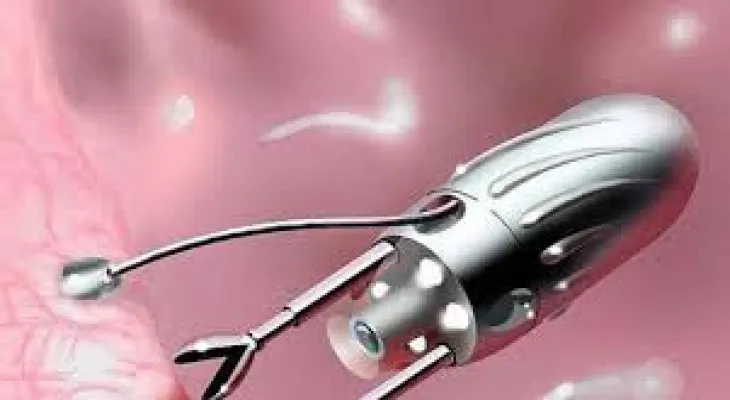Search here
Newspaper
Search here

Arab Canada News
News

Published: July 22, 2022
Some medications can target pain areas. However, there are some pains that medications cannot reach. Therefore, biomedical researchers have recently started looking for more effective ways to deliver drugs to pain areas, so they can treat more complex diseases such as cancer and cardiovascular diseases.
Millirobots are among the latest developments in the field of targeted biomedical medicine. Thanks to their ability to move, swim, and rotate in tight spaces while delivering medication, these tiny robots—about the size of a fingertip—promise a new future in medicine.
Recently, researchers at Stanford University, led by Rennie Zhao, were able to develop several millirobots, including a magnetic crawling robot that recently managed to enter through the stomach.
According to the study published in the journal Science Advances, robots equipped with magnetic fields—developed by Zhao's research team—can move continuously. The magnetic field of these robots can also be adjusted to control their movement.
These robots were able to autonomously select the appropriate mode of movement, and they could overcome obstacles inside the body. Additionally, these robots were able to reach distances estimated to be 10 times their length each time, by changing the strength and direction of the magnetic field.
In a recent study published in the journal Nature Communications on June 14, the team managed to develop a 7.8-millimeter amphibious robot; it can swim in water or navigate on terrains. Therefore, such a robot is very useful for drug delivery in hybrid environments inside the body, such as the urinary and digestive systems.
This small robot consists of a thin membrane made of polypropylene, which is folded to form a hollow cylindrical shape with a wall made of folded triangles, and its base is a magnetic plate.
According to the press release published by Stanford University commenting on the study, the team says this robot is “the most powerful multifunctional robot we have developed so far.”
- Greater efficiency in drug delivery:
This wireless robot can rotate. According to Zhao, “The way the robot is folded allows it to perform certain movements. When it folds like an accordion, it compresses the drug inside it.”
Additionally, the team considered how the micro-dimensions of each fold affect the robot's movement. These considerations gave researchers a broader horizon that enabled them to take advantage of the robot's physical properties without adding many resources.
Zhao points out that “The more functions that can be achieved from one structure, the less invasive and harmful the medical procedure is to the body.”
There are some other engineering features in the robot's design; the longitudinal hole in the center of the robot, as well as the side slots, help reduce water resistance, allowing the robot to swim better.
Zhao mentions that this design “provides a kind of negative pressure that helps the robot swim fast, and at the same time allows the robot to suck and pick up goods to transport them.”
Thus, such robots will not only provide an easy way to guide and distribute drugs effectively, but they can also be used to carry some delicate tools or microscopic cameras inside the body.
Comments